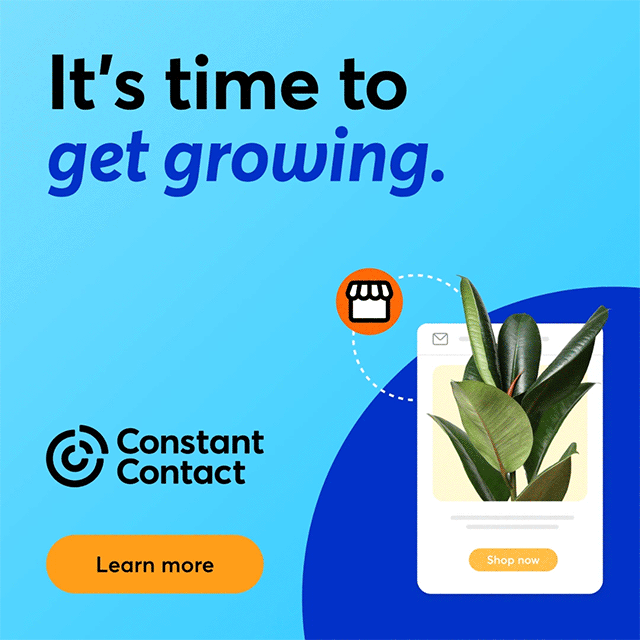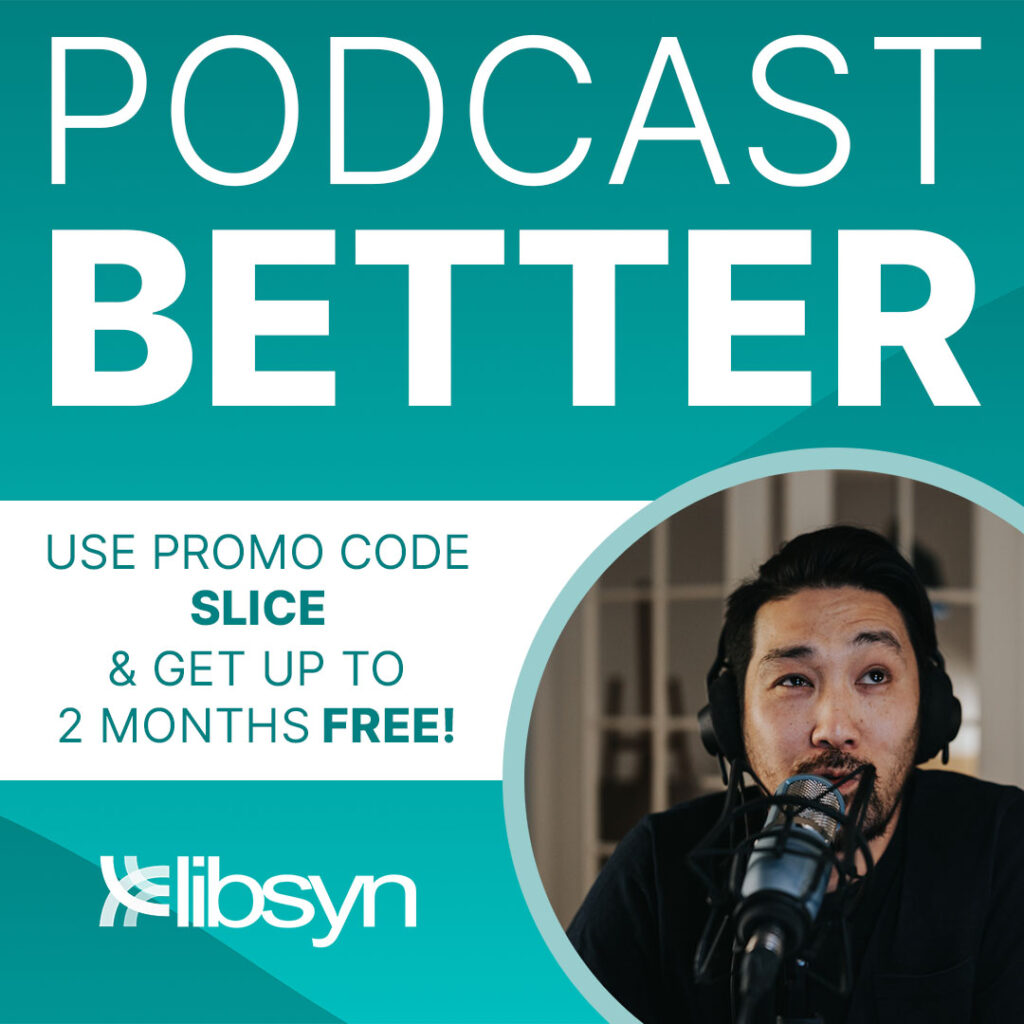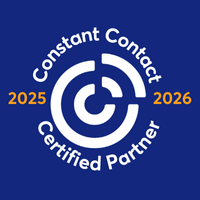 While most attorneys are at least somewhat familiar with traditional “outbound marketing” approaches, such as buying television and radio ads, billboards, email lists, etc., it seems few are familiar with the concept of “inbound marketing” and using social media to generate business. So what is inbound marketing, how does it work, and why should this tool be in your marketing shed?
While most attorneys are at least somewhat familiar with traditional “outbound marketing” approaches, such as buying television and radio ads, billboards, email lists, etc., it seems few are familiar with the concept of “inbound marketing” and using social media to generate business. So what is inbound marketing, how does it work, and why should this tool be in your marketing shed?
What Is Inbound Marketing?
With inbound marketing, rather than trying to attract prospects through static, unresponsive advertising, one focuses on creating quality content that attracts prospects simply by being interesting, useful, and related to the kind of topics your firm’s target clients want to see. By matching the content you publish with your target clients' interests, and pushing it into the web you naturally attract inbound traffic to your website or landing page from people searching for that type of information.
Inbound Marketing: Four Basic Steps:
- Attraction:The first thing you have to do is attract the right attention to your web site and/or social networks. You have to ask yourself who the right visitors are; who will be most likely to convert into a client? Once you have that figured out, you craft your content to match their interests and needs. You identify topics and keywords relevant to your target audience, then create blog posts, social media updates, and web pages using those terms and driving people to your website.
- Convert: So, you've created content relevant to your target audience and started moving traffic to your website. But, you still need to convert these visitors into clients. One of the best ways to start down that path is by collecting their contact information so you can continue to engage with them even after they have left your website or social networking site. The easiest way to talk them into offering up their information is by offering something in return, like eBooks, newsletters, white papers or a tip.
- Close: You have brought in the traffic, you have convinced them to give you their contact information, now you need to get them to sign on as a client. This can be an art unto itself, but through a carefully tailored mixture of lead scoring, email follow-ups, and other techniques you can convert that casual visitor into a paying client. Remember, in almost every instance you will need to meet face-to-face or on the phone before you get your prospect to sign a Retainer Agreement.
- Delight: Now comes the real work. Your prospect signed your retainer agreement and the case is yours. Now you need to prove your new client made the right decision when she hired you. Now is when you need to do what you promised, return phone calls promptly, answer questions in English instead of Legalese, and do what you can to “Delight” your client.
Not only does this make for a more enjoyable attorney/client relationship, but it incents your client to share your online content with their connections. It allows your client to become an advocate for you. It may even open up opportunities for you to cross-sell with other attorneys in your firm.
How Do You Craft Content for Inbound Marketing?
Okay, so you're sold on the idea of inbound marketing, but how do you do it? You need to create content targeted to your ideal clients, share that content across your websites and social media platforms through the use of Call-To-Action Buttons, measure how effective your content is at engaging potential clients and generating leads, then adapt your content for the next article, video, white paper or other content.
Inbound and social media marketing can be effectively used to build your clientele and list of referral sources. Let us know if you need some assistance.







